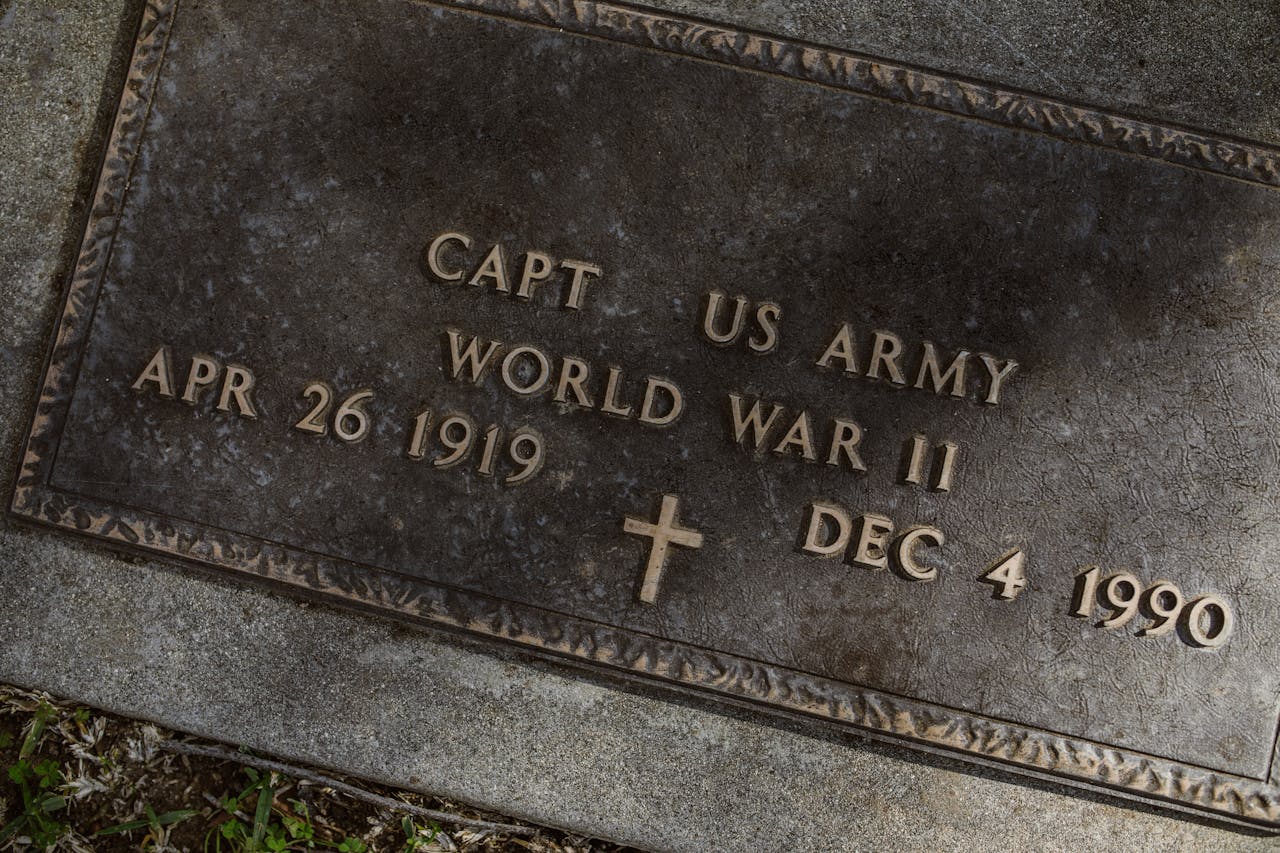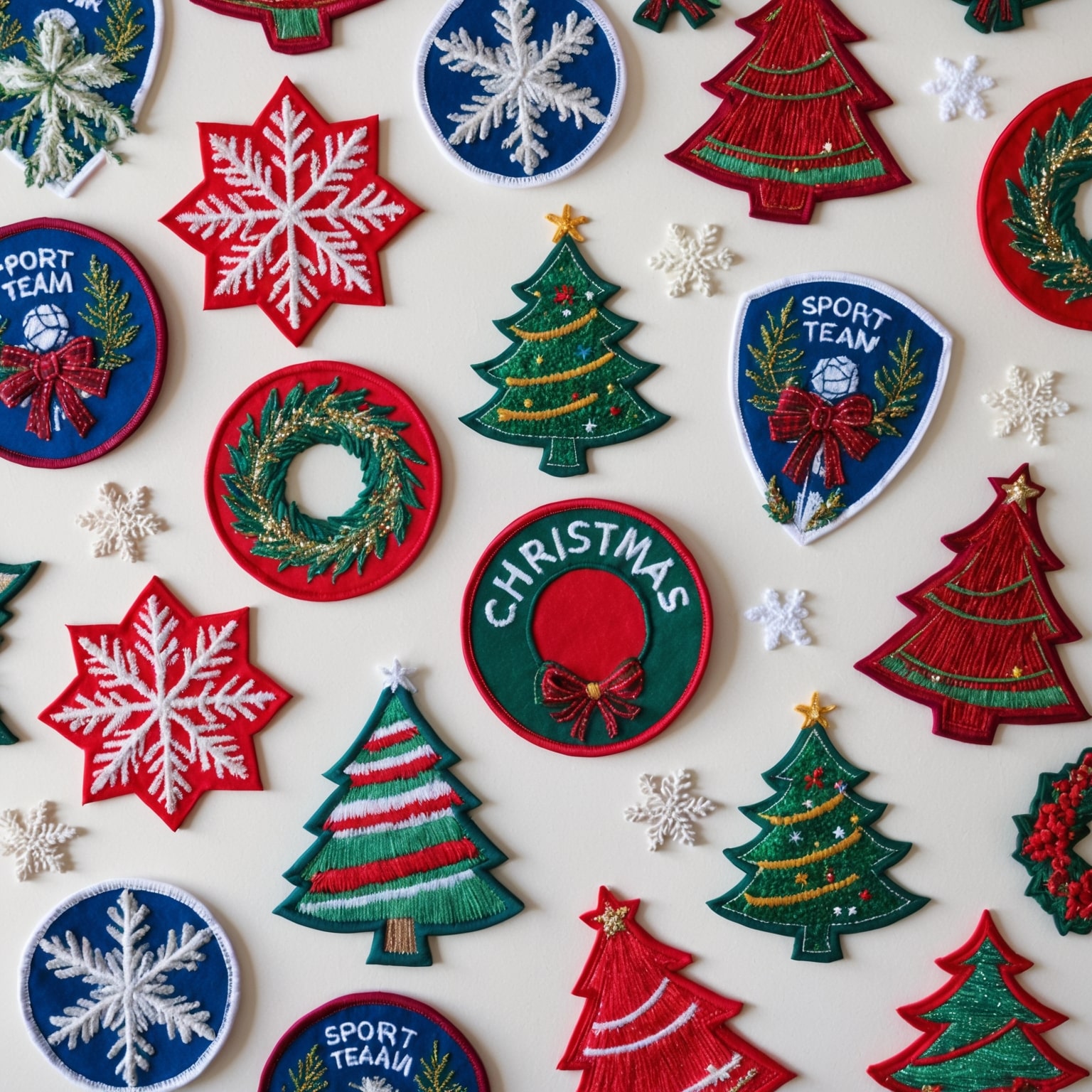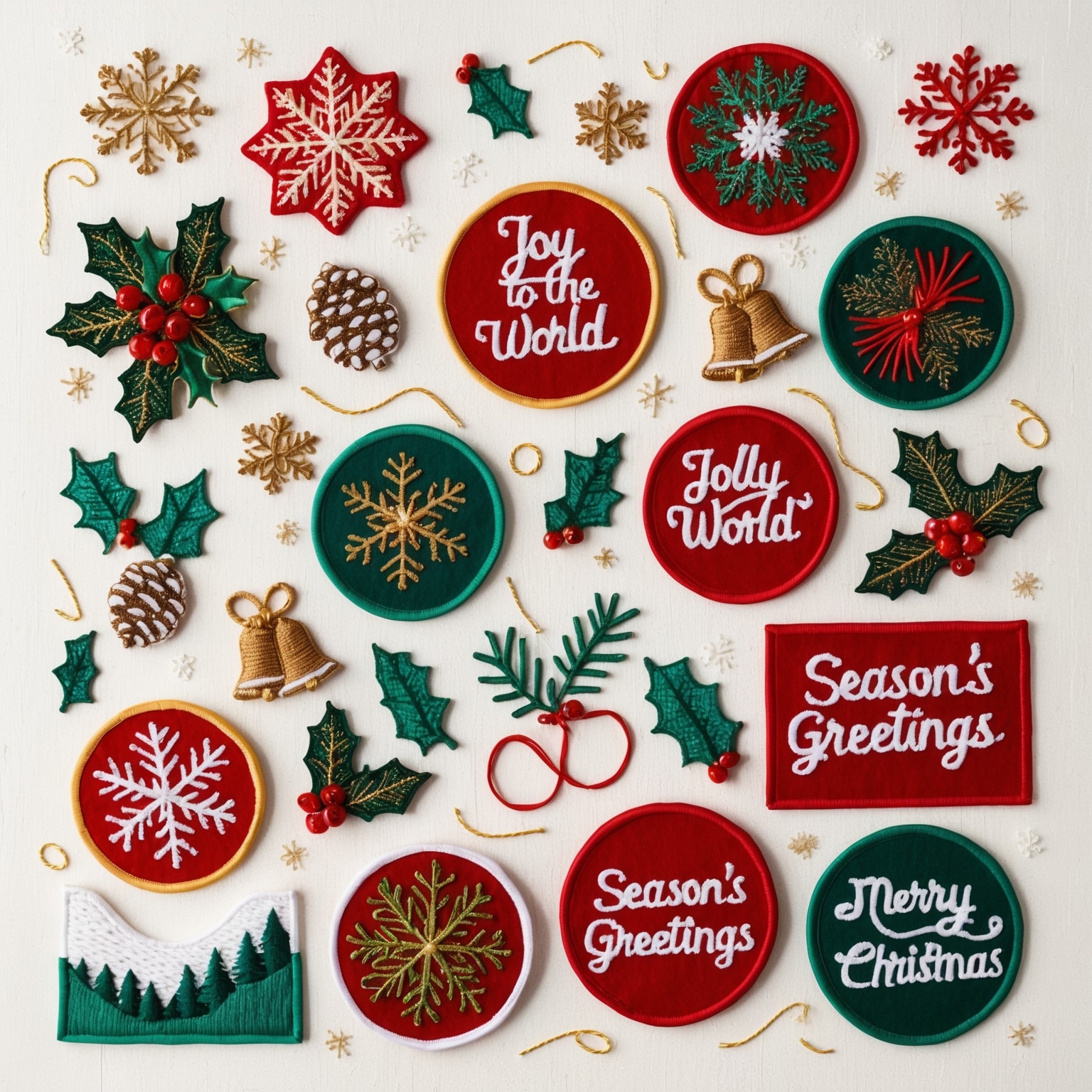Veterans hold a unique place of honor in our society, having dedicated their lives to serving and protecting their country. Their service is often marked by immense sacrifice, courage, and commitment to a cause greater than themselves. As a result, finding meaningful ways to recognize and commemorate their service is essential. One of the most powerful and enduring symbols of this recognition is the patch—a small, yet significant emblem that can be worn proudly and cherished for years. Designing patches that truly reflect a veteran’s service requires a deep understanding of military tradition, symbolism, and the personal experiences of those who have served.
In this comprehensive guide, we will explore the various elements that go into designing patches for veterans, from the choice of colors and symbols to the selection of materials and stitching techniques. We will also discuss the importance of capturing the essence of a veteran’s service in these emblems, ensuring that each patch serves as a true reflection of their valor and dedication.
1. Understanding the Significance of Veterans’ Patches
The Historical Importance of Military Patches
Military patches have a long and storied history, dating back to the early days of organized warfare. These patches have traditionally served several key purposes:
- Unit Identification: One of the primary functions of military patches is to identify the unit to which a service member belongs. This can include divisions, brigades, battalions, and even smaller units within a larger military structure.
- Symbol of Brotherhood: Patches are often worn as a symbol of camaraderie and shared experience among service members. They represent the bonds formed in training, in combat, and in the daily life of military service.
- Recognition of Achievements: Special patches are awarded to recognize significant achievements, such as completing specialized training, participating in key operations, or displaying exceptional valor in combat.
Patches as Symbols of Service and Sacrifice
For veterans, patches hold deep personal significance. They are a tangible representation of their service, reflecting both the pride of belonging to a particular unit and the sacrifices made during their time in the military.
- Commemorative Value: Veterans’ patches serve as commemorative items that honor their service and preserve the memory of their experiences. These patches often become cherished keepsakes that are passed down through generations.
- Recognition of Valor: Patches that reflect a veteran’s service can also serve as a public acknowledgment of their bravery and dedication. Wearing these patches allows veterans to proudly display their contributions to their country and their fellow service members.
- Connection to the Military Community: Even after leaving active duty, veterans often maintain a strong connection to the military community. Patches help reinforce this connection, providing a visual link to the shared experiences and values of military life.
2. Key Elements of Designing Patches for Veterans
Choosing the Right Symbols and Imagery
Symbols and imagery are the heart of any patch design, especially when it comes to creating patches that reflect a veteran’s service. These elements must be chosen carefully to ensure that they accurately represent the veteran’s experiences and achievements.
1. Military Branch and Unit Insignias
One of the most important elements in designing a veteran’s patch is the inclusion of military branch and unit insignias. These symbols are instantly recognizable and carry deep meaning for the veterans who wore them during their service.
- Branch Emblems: Each branch of the military—Army, Navy, Air Force, Marines, and Coast Guard—has its own distinctive emblem. Incorporating the appropriate branch emblem into the patch design is crucial for ensuring that the patch accurately reflects the veteran’s service.
- Unit Crests: Within each branch, there are numerous units, each with its own unique crest or insignia. Including the veteran’s unit crest in the patch design adds a personal touch and reinforces their connection to their specific unit.
- Cross-Branch Recognition: For veterans who served in joint operations or across multiple branches, consider designing a patch that incorporates symbols from each branch they served in. This recognizes the full scope of their service and highlights their versatility and commitment.
2. Awards and Decorations
Military awards and decorations are another essential element to consider when designing patches for veterans. These symbols of recognition reflect the veteran’s achievements and the honors they earned during their service.
- Medals and Ribbons: Many veterans receive medals and ribbons for their service, bravery, and accomplishments. Including representations of these awards in the patch design is a powerful way to honor their achievements.
- Service Stripes and Badges: Service stripes and badges, such as combat infantry badges or jump wings, are also important elements that can be incorporated into a veteran’s patch. These symbols highlight specific skills, qualifications, and experiences that the veteran has acquired.
- Campaign and Service Medals: Veterans who participated in specific campaigns or missions may have received campaign or service medals. Including these medals in the patch design helps commemorate the specific operations in which the veteran served.
3. Personal and Cultural Symbols
In addition to military symbols, consider incorporating personal and cultural symbols that hold special meaning for the veteran. These elements can make the patch design even more meaningful and personalized.
- Religious Symbols: For veterans who hold strong religious beliefs, incorporating religious symbols into the patch design can be a meaningful way to reflect their faith and the role it played during their service.
- Cultural Heritage: Veterans who identify strongly with their cultural heritage may appreciate the inclusion of symbols that reflect their cultural background. This could include national flags, traditional patterns, or other cultural icons.
- Personal Mottos: Some veterans have personal mottos or phrases that hold significant meaning for them. Including these mottos in the patch design can add a deeply personal touch and make the patch even more special.
Selecting Colors and Color Schemes
Color is a powerful tool in patch design, as it can convey meaning, evoke emotions, and enhance the overall visual impact of the patch. When designing patches for veterans, it’s important to choose colors that are both symbolic and visually appealing.
1. Traditional Military Colors
Many military patches use traditional military colors, such as olive drab, navy blue, and desert tan. These colors are associated with the various branches of the military and are instantly recognizable.
- Olive Drab and Army Green: These colors are commonly associated with the Army and are often used in patches for Army veterans. They evoke a sense of tradition, discipline, and resilience.
- Navy Blue: Navy blue is the primary color associated with the Navy and the Coast Guard. It represents loyalty, strength, and the vastness of the sea.
- Desert Tan and Coyote Brown: These colors are often used in patches for veterans who served in desert environments or participated in operations in the Middle East. They symbolize adaptability and the harsh conditions faced during these missions.
2. Symbolic and Personal Colors
In addition to traditional military colors, consider using symbolic and personal colors that hold special meaning for the veteran.
- Gold and Silver: Gold and silver are often used to symbolize excellence, honor, and high achievement. These colors can be used to highlight awards, decorations, or other significant accomplishments.
- Red, White, and Blue: The colors of the American flag are a popular choice for veterans’ patches, as they represent patriotism, bravery, and the values of freedom and democracy.
- Personal Favorites: If the veteran has a favorite color or a color that holds special meaning for them, consider incorporating it into the patch design. This adds a personal touch and makes the patch even more meaningful.
3. Balancing Contrast and Visibility
When choosing colors for the patch, it’s important to balance contrast and visibility. The colors should complement each other and ensure that the symbols and text on the patch are easy to see and read.
- High Contrast for Clarity: Use high-contrast color combinations, such as black and white or blue and gold, to ensure that the design elements are clearly visible. This is especially important for patches with detailed symbols or text.
- Subtle Tones for Backgrounds: For the background of the patch, consider using subtle tones that allow the primary symbols and text to stand out. Neutral colors like gray, tan, or light blue are often effective choices.
- Color Placement: Carefully plan the placement of colors to create a balanced and visually appealing design. Avoid using too many colors that might clash or overwhelm the design.
3. Choosing the Right Materials and Techniques
Selecting High-Quality Fabrics
The choice of fabric is crucial when designing patches for veterans. The fabric should be durable, aesthetically pleasing, and appropriate for the intended use of the patch.
1. Traditional Fabric Choices
Traditional fabrics, such as twill and felt, are commonly used in patch design. These materials offer durability and a classic look that is well-suited for military patches.
- Twill: Twill is a popular choice for patches because of its durability and smooth texture. It provides a sturdy base for embroidery and is available in a variety of colors.
- Felt: Felt is another traditional fabric used in patch design. It has a soft texture and is ideal for creating patches with a vintage or retro look.
- Canvas: Canvas is a heavy-duty fabric that is often used for patches intended for outdoor use or in rugged conditions. It’s a great choice for patches that need to withstand wear and tear.
2. Specialty Fabrics for Unique Patches
For patches that are intended to be particularly unique or luxurious, consider using specialty fabrics. These materials can add a touch of sophistication or uniqueness to the patch design.
- Leather: Leather patches are both durable and stylish. They are often used for patches that need to be long-lasting or for veterans who appreciate a more rugged or refined look.
- Velvet: Velvet adds a luxurious feel to patches and is often used for ceremonial or commemorative patches. It provides a rich texture that contrasts beautifully with metallic threads and intricate embroidery.
- Reflective Materials: Reflective fabrics are a practical choice for patches that need to be highly visible in low-light conditions. These materials are often used for patches worn on uniforms or gear that is used at night or in dark environments.
Incorporating Embroidery and Stitching Techniques
Embroidery is the most common technique used in patch design. The quality of the embroidery and the choice of stitching techniques can greatly impact the final appearance of the patch.
1. High-Quality Embroidery
High-quality embroidery is essential for creating a patch that is both durable and visually appealing. The choice of thread, stitch type, and density all play a role in achieving the desired look.
- Thread Selection: Choose threads that are colorfast, durable, and appropriate for the design. Metallic threads can add a touch of elegance, while standard polyester or rayon threads offer durability and a wide range of colors.
- Stitch Density: A higher stitch density typically results in a more detailed and durable patch. However, it’s important to balance stitch density with the design to avoid making the patch too stiff or heavy.
- Embroidered Details: Pay attention to the fine details of the design, such as text and small symbols. Ensure that the embroidery is precise and that the details are clear and easy to read.
2. Specialty Stitching Techniques
In addition to standard embroidery, consider using specialty stitching techniques to add depth, texture, and dimension to the patch design.
- 3D Puff Embroidery: This technique creates a raised, three-dimensional effect by using foam under the embroidery. It’s ideal for emphasizing certain elements of the design, such as logos or text.
- Metallic Embroidery: Metallic threads can be used to create a shiny, reflective surface that adds a touch of luxury to the patch. This technique is often used for accents, borders, and other design elements that need to stand out.
- Appliqué: Appliqué involves sewing a piece of fabric onto the patch base to create a layered effect. This technique is useful for adding color blocks or large design elements without increasing stitch density.
Considering Patch Backings and Attachments
The backing of a patch is an important consideration, as it determines how the patch will be attached and worn. There are several types of backings to choose from, each with its own advantages.
1. Iron-On Backings
Iron-on backings are one of the most popular options for patches, as they are easy to apply and provide a strong bond.
- Heat-Activated Adhesive: Iron-on patches have a heat-activated adhesive on the back. When heated with an iron, the adhesive melts and bonds the patch to the fabric.
- Ease of Application: Iron-on backings are ideal for veterans who want to easily attach the patch to their clothing, bags, or other items without sewing.
- Durability: While iron-on patches are convenient, they may not be as durable as sewn-on patches, especially with frequent washing or heavy use.
2. Sew-On Backings
Sew-on backings are the traditional choice for patches, offering a secure and permanent attachment.
- Sewing Required: Sew-on patches require the patch to be sewn onto the fabric, either by hand or with a sewing machine. This provides a secure and long-lasting bond.
- Versatility: Sew-on patches can be attached to a variety of fabrics and items, including jackets, hats, and bags. They are ideal for patches that will be worn frequently or in rugged conditions.
- Customization: Sew-on patches can be further customized by choosing contrasting or matching thread for the stitching, adding an extra layer of personalization to the design.
3. Hook-and-Loop Backings
Hook-and-loop backings (commonly known as Velcro) offer a removable option that allows patches to be easily attached and detached.
- Removability: Hook-and-loop backings are ideal for veterans who want to switch out patches or wear them on different items. The patch can be easily removed and reattached without damaging the fabric.
- Versatile Application: This type of backing is commonly used for military uniforms, tactical gear, and other items where patches may need to be changed frequently.
- Durability: Hook-and-loop patches are durable and provide a secure attachment, making them suitable for active use and outdoor environments.
4. Designing for Legacy and Commemoration
Creating Timeless Designs
When designing patches for veterans, it’s important to create a design that will stand the test of time. A timeless design ensures that the patch will be cherished and valued for years to come.
1. Classic and Elegant Designs
Classic designs that incorporate traditional elements and symbols are often the most enduring. These designs evoke a sense of tradition and honor that resonates with veterans and their families.
- Simplicity and Clarity: Simple designs with clear symbols and text are often the most effective. Avoid overly complex or trendy elements that may not age well.
- Focus on Symbols: Use symbols that have long-standing significance, such as national flags, eagles, or military insignias. These symbols are universally recognized and carry deep meaning.
- Balanced Composition: Ensure that the design is well-balanced, with harmonious proportions and thoughtful placement of elements. A balanced design is visually pleasing and enduring.
2. Incorporating Historical Elements
Including historical elements in the patch design can add depth and significance, making the patch a true reflection of the veteran’s service.
- Historical Dates: Include important dates in the patch design, such as the veteran’s years of service or the dates of significant battles or campaigns.
- Legacy Symbols: Use symbols that have historical significance, such as a particular unit’s insignia or a traditional military emblem. These elements connect the veteran’s service to the broader history of their branch or unit.
- Commemorative Text: Consider adding text that commemorates specific events or honors, such as “In Honor of Service” or “Valor and Sacrifice.” This text adds context and meaning to the patch.
Designing for Family and Future Generations
Patches designed for veterans often become family heirlooms, passed down through generations. Designing with this in mind ensures that the patch will continue to be valued by the veteran’s descendants.
1. Personalization for Family Heritage
Personalizing the patch with the veteran’s name, rank, and service details adds a layer of personal history that is meaningful to both the veteran and their family.
- Name and Rank: Include the veteran’s name and rank on the patch to personalize it and make it a unique keepsake. This information can be placed prominently or subtly, depending on the design.
- Service Details: Add specific service details, such as the branch of service, unit, and years served. These details provide a historical record that future generations can appreciate.
- Family Symbols: If the veteran has a strong connection to their family heritage, consider incorporating family symbols or crests into the design. This adds a personal touch and connects the patch to the veteran’s lineage.
2. Creating a Lasting Legacy
Patches designed with the future in mind can help create a lasting legacy for the veteran, ensuring that their service is remembered and honored by future generations.
- High-Quality Materials: Use the highest quality materials and techniques to ensure that the patch is durable and long-lasting. This ensures that the patch will remain in good condition for many years.
- Timeless Design: A timeless design with classic elements will continue to be appreciated by future generations, regardless of changing trends or styles.
- Commemorative Packaging: Consider packaging the patch in a way that protects it and adds to its commemorative value. For example, a patch can be framed, placed in a shadow box, or accompanied by a certificate of authenticity.
Crafting Meaningful Emblems of Valor
Designing patches that reflect veterans’ service is a deeply meaningful and important task. These emblems serve as tangible symbols of the valor, sacrifice, and dedication that define a veteran’s service to their country. By carefully considering the elements of design—such as symbols, colors, materials, and personalization—you can create patches that truly honor and commemorate the experiences and achievements of veterans.
The patches designed today will not only serve as a source of pride for the veterans who wear them but will also stand as lasting testaments to their service for generations to come. Whether worn on a uniform, displayed in a shadow box, or passed down as a family heirloom, these patches are more than just fabric and thread—they are emblems of valor that tell the story of a life dedicated to service.
As you embark on the process of designing patches for veterans, remember that each design should capture the essence of the veteran’s journey, reflecting their unique experiences and the values they hold dear. With thoughtful design and careful attention to detail, your patches can become cherished symbols of honor and respect, preserving the legacy of those who have served with courage and distinction.
If you are interested in purchasing high-quality custom patches, feel free to call us at 1-877-503-8485 or fill out one of our FREE quotes here.




